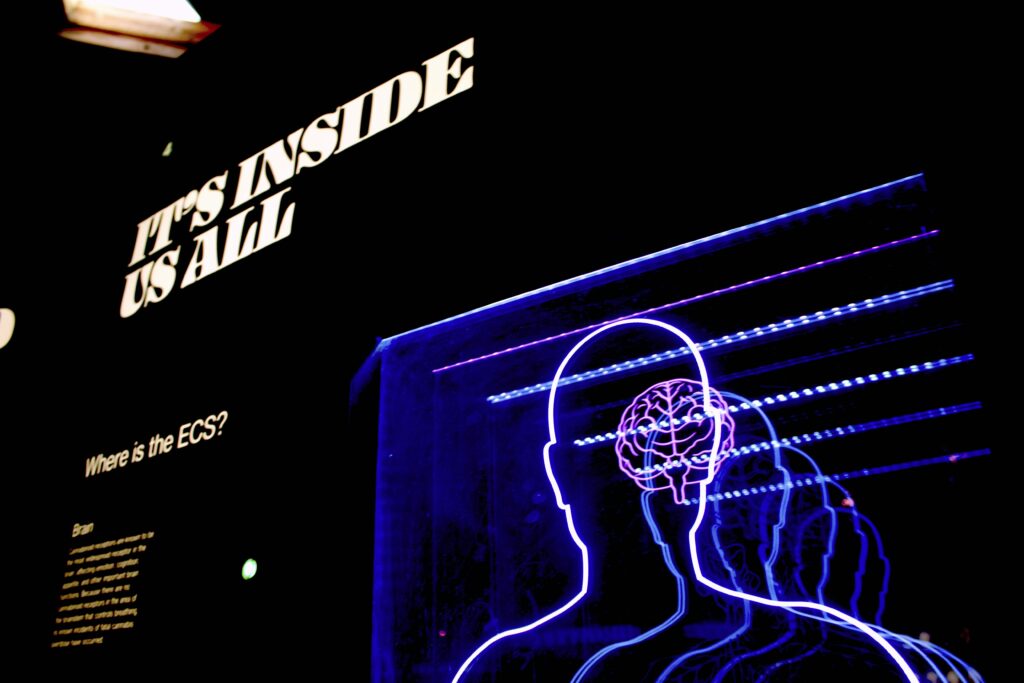
A groundbreaking study from the Buck Institute for Research on Aging has unveiled a novel role for brain sugar metabolism in combating Alzheimer’s disease and other dementias. Published in Nature Metabolism, the research highlights how glycogen, a stored form of glucose, can protect the brain from toxic protein buildup and degeneration when properly metabolized.
Traditionally, glycogen is viewed as an energy reserve stored in the liver and muscles. While its presence in the brain, particularly in support cells known as astrocytes, is acknowledged, its significance in neurons has been largely overlooked. “This new study challenges that view, and it does so with striking implications,” said Professor Pankaj Kapahi, PhD, the study’s senior scientist. “Stored glycogen doesn’t just sit there in the brain; it is involved in pathology.”
Uncovering the Role of Glycogen in Neurodegeneration
Led by postdoctoral researcher Sudipta Bar, PhD, the research team discovered that neurons in both fly and human models of tauopathy—a group of neurodegenerative diseases including Alzheimer’s—accumulate excessive glycogen. This buildup appears to contribute to disease progression. Bar explained that tau, a protein notorious for forming tangles in Alzheimer’s patients, binds to glycogen, trapping it and preventing its breakdown.
The inability to break down glycogen deprives neurons of a crucial mechanism for managing oxidative stress, a key factor in aging and neurodegeneration. By restoring the activity of glycogen phosphorylase (GlyP), an enzyme that initiates glycogen breakdown, researchers were able to reduce tau-related damage in both fruit flies and human stem cell-derived neurons.
Redirecting Glycogen for Brain Protection
Instead of using glycogen purely for energy production, these enzyme-supported neurons redirected the sugar molecules into the pentose phosphate pathway (PPP). This pathway is essential for generating NADPH and Glutathione, molecules that protect against oxidative stress. “By increasing GlyP activity, the brain cells could better detoxify harmful reactive oxygen species, thereby reducing damage and even extending the lifespan of tauopathy model flies,” Bar noted.
Furthermore, the study revealed that dietary restriction (DR), known to extend lifespan, naturally enhanced GlyP activity and improved tau-related outcomes in flies. The researchers also mimicked these effects pharmacologically using a molecule called 8-Br-cAMP, suggesting that drug-based activation of this sugar-clearing system could replicate the benefits of DR. “This work could explain why GLP-1 drugs, now widely used for weight loss, show promise against dementia, potentially by mimicking dietary restriction,” said Kapahi.
Implications for Human Health and Future Therapies
The team also confirmed similar glycogen accumulation and protective effects of GlyP in human neurons derived from patients with frontotemporal dementia (FTD), underscoring the potential for translational therapies. Kapahi emphasized the importance of using simple model organisms like flies to advance understanding of metabolic dysregulation in neurodegeneration. “Work in this simple animal allowed us to move into human neurons in a much more targeted way,” he said.
Kapahi credited the collaborative environment at the Buck Institute as a major factor in the study’s success. His lab, specializing in fly aging and neurodegeneration, collaborated with the Schilling lab for proteomics expertise, the Seyfried lab at Emory University, and the Ellerby lab for expertise in human iPSCs and neurodegeneration.
A New Direction in Alzheimer’s Research
This study not only highlights glycogen metabolism as an unexpected hero in the brain but also opens a new direction in the search for treatments against Alzheimer’s and related diseases. “By discovering how neurons manage sugar, we may have unearthed a novel therapeutic strategy: one that targets the cell’s inner chemistry to fight age-related decline,” Kapahi remarked. “As we continue to age as a society, findings like these offer hope that better understanding—and perhaps rebalancing—our brain’s hidden sugar code could unlock powerful tools for combating dementia.”
The research was supported by various grants, including those from the NIH, the Hevolution Foundation, and the American Federation of Aging Research, among others. The Buck Institute for Research on Aging, located just north of San Francisco, is a leader in the effort to target aging and increase human health span.






